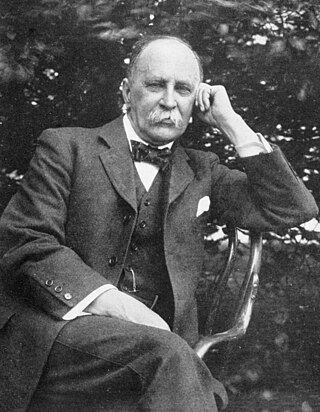
Sir William Osler, 1st Baronet, was a Canadian physician and one of the "Big Four" founding professors of Johns Hopkins Hospital. Osler created the first residency program for specialty training of physicians, and he was the first to bring medical students out of the lecture hall for bedside clinical training. He has frequently been described as the Father of Modern Medicine and one of the "greatest diagnosticians ever to wield a stethoscope". In addition to being a physician he was a bibliophile, historian, author, and renowned practical joker. He was passionate about medical libraries and medical history, having founded the History of Medicine Society, at the Royal Society of Medicine, London. He was also instrumental in founding the Medical Library Association of Great Britain and Ireland, and the Association of Medical Librarians along with three other people, including Margaret Charlton, the medical librarian of his alma mater, McGill University. He left his own large history of medicine library to McGill, where it became the Osler Library.
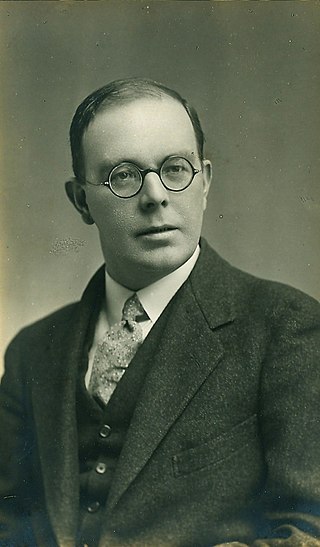
Sir Cyril Lodowic Burt, FBA was an English educational psychologist and geneticist who also made contributions to statistics. He is known for his studies on the heritability of IQ.

Anthropometry refers to the measurement of the human individual. An early tool of physical anthropology, it has been used for identification, for the purposes of understanding human physical variation, in paleoanthropology and in various attempts to correlate physical with racial and psychological traits. Anthropometry involves the systematic measurement of the physical properties of the human body, primarily dimensional descriptors of body size and shape. Since commonly used methods and approaches in analysing living standards were not helpful enough, the anthropometric history became very useful for historians in answering questions that interested them.

Edward Drinker Cope was an American zoologist, paleontologist, comparative anatomist, herpetologist, and ichthyologist. Born to a wealthy Quaker family, he distinguished himself as a child prodigy interested in science, publishing his first scientific paper at the age of 19. Though his father tried to raise Cope as a gentleman farmer, he eventually acquiesced to his son's scientific aspirations.
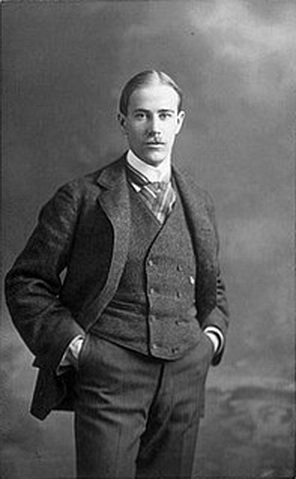
Louis Agassiz Fuertes was an American ornithologist, illustrator and artist who set the rigorous and current-day standards for ornithological art and naturalist depiction and is considered one of the most prolific American bird artists, second only to his guiding professional predecessor John James Audubon.
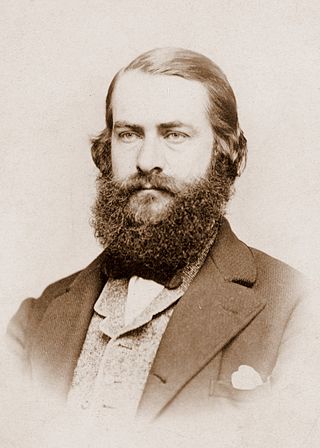
Joseph Mellick Leidy was an American paleontologist, parasitologist and anatomist.
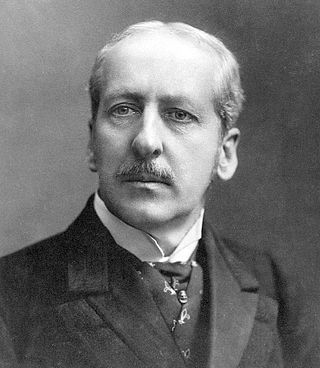
William Pepper Jr., was an American physician, medical educator, and the eleventh Provost of the University of Pennsylvania from 1881 to 1894. He was an advocate for the establishment of a university affiliated hospital and led the finance and building committees for the construction of the University of Pennsylvania Hospital in 1874. As provost, he oversaw a major expansion of the University including the construction of 13 campus building, the addition of the Wharton School of Business, and eleven new departments. In 1891, he founded the Free Library of Philadelphia.

The College of Arts and Sciences is a division of Cornell University. It has been part of the university since its founding, although its name has changed over time. It grants bachelor's degrees, and masters and doctorates through affiliation with the Cornell University Graduate School. Its major academic buildings are located on the Arts Quad and include some of the university's oldest buildings. The college offers courses in many fields of study and is the largest college at Cornell by undergraduate enrollment.
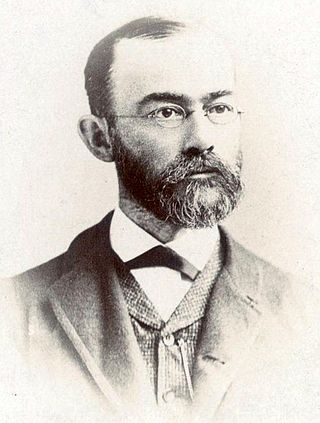
Harrison Allen was an American physician and anatomist. He was born in Philadelphia, Pennsylvania, on April 17, 1841. He graduated from the medical department of the University of Pennsylvania in 1861, and in 1862 became a surgeon in the United States Army and served until the conclusion of the Civil War in 1865.

Burt Green Wilder was an American comparative anatomist.

Cat intelligence is the capacity of the domesticated cat to solve problems and adapt to its environment. Research has shown that feline intelligence includes the ability to acquire new behavior that applies knowledge to new situations, communicating needs and desires within a social group and responding to training cues.
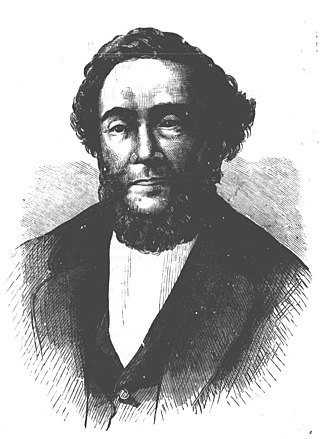
John Edward Howard Rulloff was a Canadian-born American doctor, lawyer, schoolmaster, photographer, inventor, carpet designer, phrenologist, and philologist, in addition to a career criminal and serial killer. This dichotomy was exemplified in the title of his 1871 biography, The Man of Two Lives!. He was also known as "The Genius Killer".
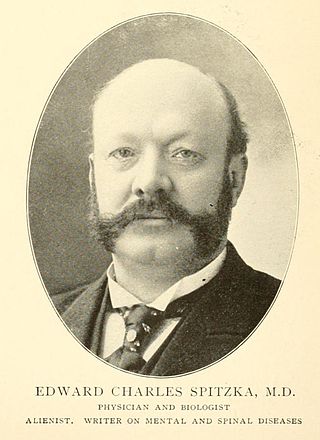
Edward Charles Spitzka was an eminent late-19th century alienist, neurologist, and anatomist. Dr. Spitzka was the author of the landmark psychiatric manual "Treatise on Insanity, Its Classification, Diagnosis and Treatment" published in 1883. He pioneered studies of the anatomy of the human nervous system.
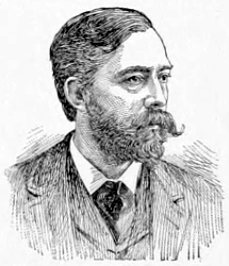
Simon Henry Gage was a professor of anatomy, Histology, and Embryology at Cornell University and an important figure in the history of American microscopy. His book, The Microscope, appeared in seventeen editions. In 1931, a volume of the American Journal of Anatomy was dedicated to Gage on the occasion of his eightieth birthday.
The history of anthropometry includes its use as an early tool of anthropology, use for identification, use for the purposes of understanding human physical variation in paleoanthropology and in various attempts to correlate physical with racial and psychological traits. At various points in history, certain anthropometrics have been cited by advocates of discrimination and eugenics often as part of novel social movements or based upon pseudoscience.
The American Anthropometric Society, also known as the Brain Society, was a Philadelphia-based anthropometry organization of physicians, scientists and intellectuals founded in 1889. Members agreed to donate their brains after their deaths for analysis by living members of the organization in order to correlate intelligence and other mental qualities with brain morphology. The society claimed to have approximately 300 members. The last brain collected was in 1938. Notable donors to the collection included some of the top medical and scientific leaders of Philadelphia at the time and the poet Walt Whitman. Analyses of the brains in the collection showed there was no correlation between intelligence and brain size but nothing else of scientific interest. The remaining twenty-two brains from the collection are currently stored at the Wistar Institute.
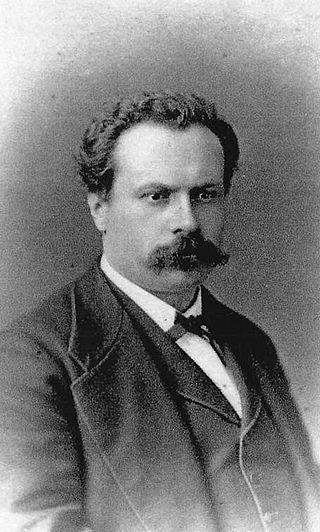
Carlo Giacomini, was an Italian anatomist, neuroscientist, and a professor at the University of Turin who also made significant contributions in anthropology and embryology. He worked with the physiologist, Angelo Mosso (1846-1910), which led to the first recording of human brain pulsations. Giacomini vein, a lower limb vein, and the band of Giacomini, a band of uncus gyri parahippocampalis he discovered in 1882, and the Giacomini vertebrae are named after him.

Marian Cleeves Diamond was an American scientist and educator who is considered one of the founders of modern neuroscience. She and her team were the first to publish evidence that the brain can change with experience and improve with enrichment, what is now called neuroplasticity. Her research on the brain of Albert Einstein helped fuel the ongoing scientific revolution in understanding the roles of glial cells in the brain. She was a professor of anatomy at the University of California, Berkeley. Other published research explored differences between the cerebral cortex of male and female rats, the link between positive thinking and immune health, and the role of women in science.
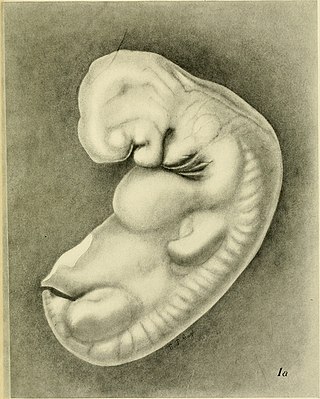
Susanna Phelps Gage (1857–1915) was an American embryologist and comparative anatomist. She initially worked on the anatomy of small animals and humans, later shifting into neurology to study the embryological development of the brain and the anatomy of the human nervous system. She also developed a new and widely adopted method for making anatomical teaching models out of paper rather than wax. Although Susanna Phelps Gage was a respected embryologist and comparative anatomist, her work was often ignored. Like most other women scientists of the late 19th and early 20th centuries who were married to scientists, Gage's research was often viewed as a mere adjunct to her husband's projects.


















